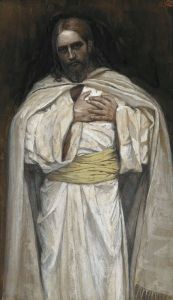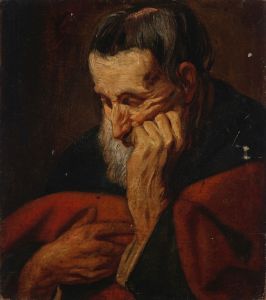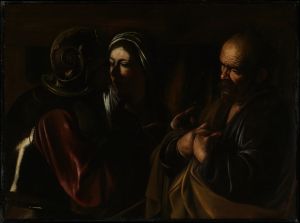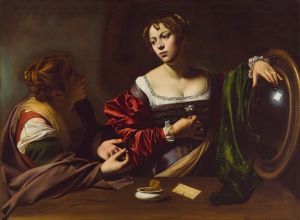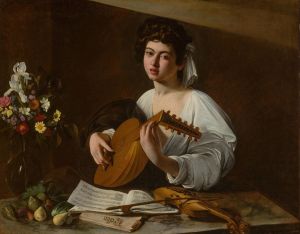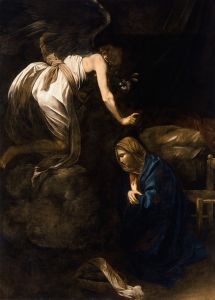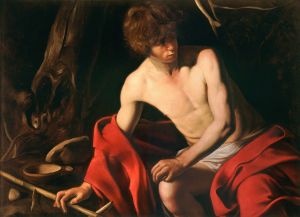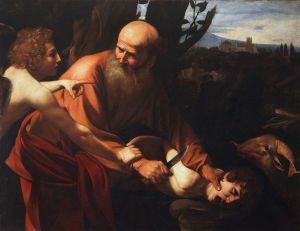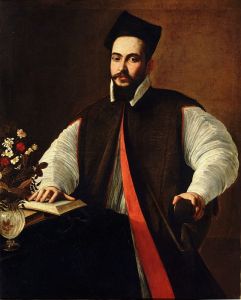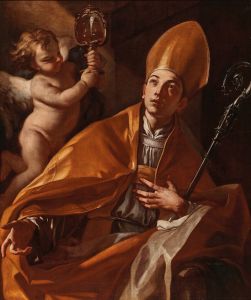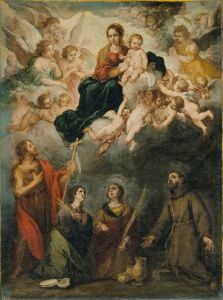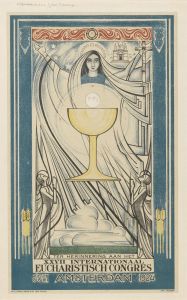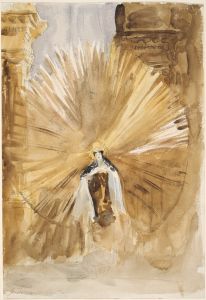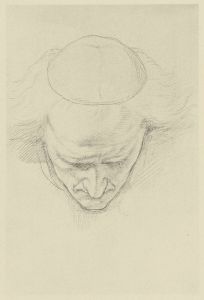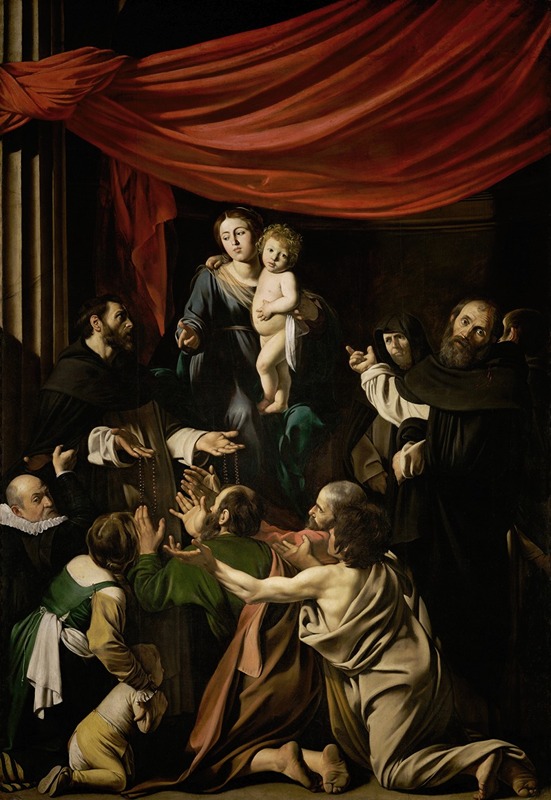
Madonna of the Rosary
A hand-painted replica of Caravaggio’s masterpiece Madonna of the Rosary, meticulously crafted by professional artists to capture the true essence of the original. Each piece is created with museum-quality canvas and rare mineral pigments, carefully painted by experienced artists with delicate brushstrokes and rich, layered colors to perfectly recreate the texture of the original artwork. Unlike machine-printed reproductions, this hand-painted version brings the painting to life, infused with the artist’s emotions and skill in every stroke. Whether for personal collection or home decoration, it instantly elevates the artistic atmosphere of any space.
"Madonna of the Rosary" is a renowned painting by the Italian Baroque master Caravaggio, completed in 1607. This significant work is housed in the Kunsthistorisches Museum in Vienna, Austria. The painting is notable for its dramatic use of light and shadow, a hallmark of Caravaggio's style, and its complex composition, which reflects the artist's mastery in depicting religious themes with intense realism and emotional depth.
The painting was commissioned by a group of Flemish merchants for the Dominican church in Antwerp, which underscores the international recognition Caravaggio had achieved by this time. The subject of the painting, the Madonna of the Rosary, is a depiction of the Virgin Mary holding the Christ Child, surrounded by a group of saints and worshippers. This theme was particularly popular in the Counter-Reformation period, as the rosary was promoted by the Catholic Church as a spiritual weapon against Protestantism.
In "Madonna of the Rosary," Caravaggio presents the Virgin Mary enthroned, holding the Christ Child, who is depicted in a naturalistic manner, typical of Caravaggio's approach to religious figures. The Virgin is surrounded by a group of figures, including St. Dominic, who is traditionally associated with the rosary, and St. Peter Martyr, identifiable by the knife in his head, a symbol of his martyrdom. The composition is dynamic, with figures arranged in a semi-circle around the Virgin, creating a sense of movement and interaction.
Caravaggio's use of chiaroscuro, the strong contrast between light and dark, is evident in this painting. The figures are illuminated by a dramatic light source, which highlights their expressions and gestures, adding to the emotional intensity of the scene. This technique not only enhances the three-dimensionality of the figures but also draws the viewer's attention to the central figures of the Virgin and Child.
The painting also includes a group of lay worshippers, depicted with a high degree of realism, reflecting Caravaggio's interest in portraying ordinary people in his religious works. This inclusion of everyday figures was a departure from the idealized representations common in earlier religious art and contributed to the accessibility and immediacy of Caravaggio's paintings.
"Madonna of the Rosary" is a testament to Caravaggio's innovative approach to religious art, combining naturalism with a powerful emotional impact. The painting's history is also notable; after its completion, it was acquired by the art collector Vincenzo Giustiniani and later passed through various hands before being acquired by the Kunsthistorisches Museum.
Overall, "Madonna of the Rosary" exemplifies Caravaggio's ability to convey complex religious themes with a directness and intensity that continues to resonate with viewers today. The painting remains an important example of Baroque art and a significant work in Caravaggio's oeuvre, reflecting both his technical skill and his profound impact on the development of Western art.





